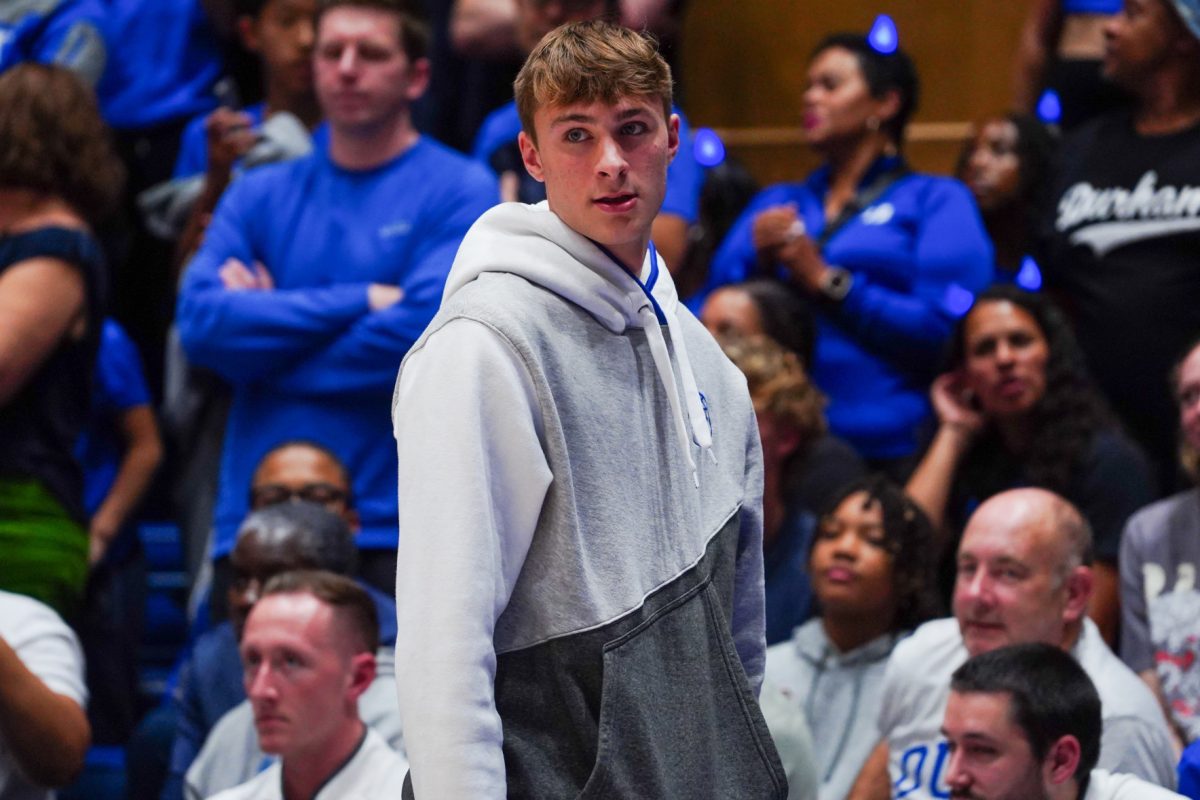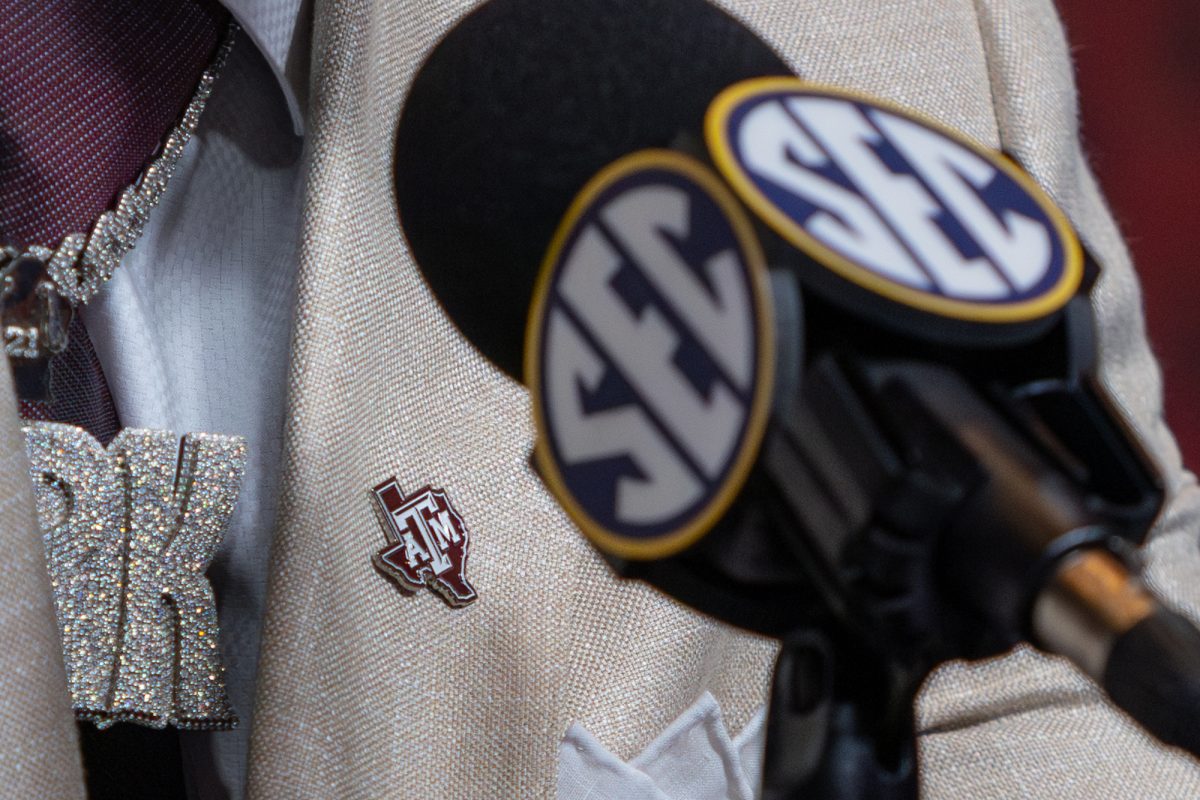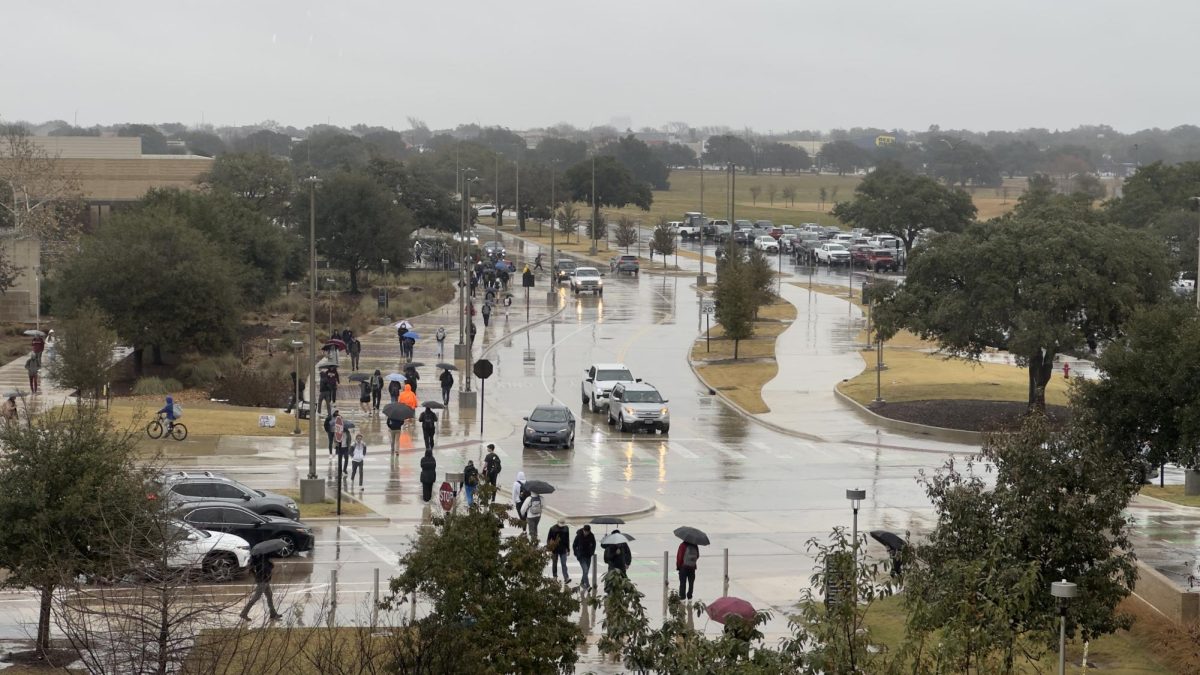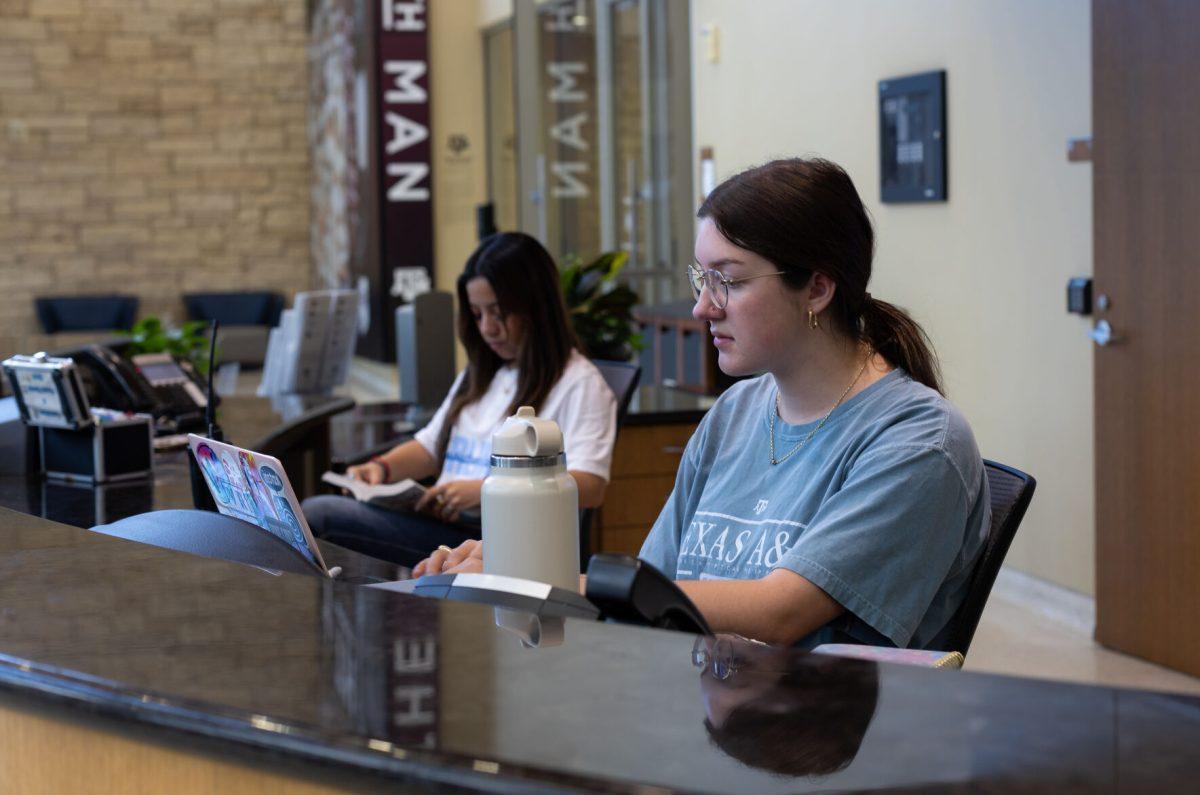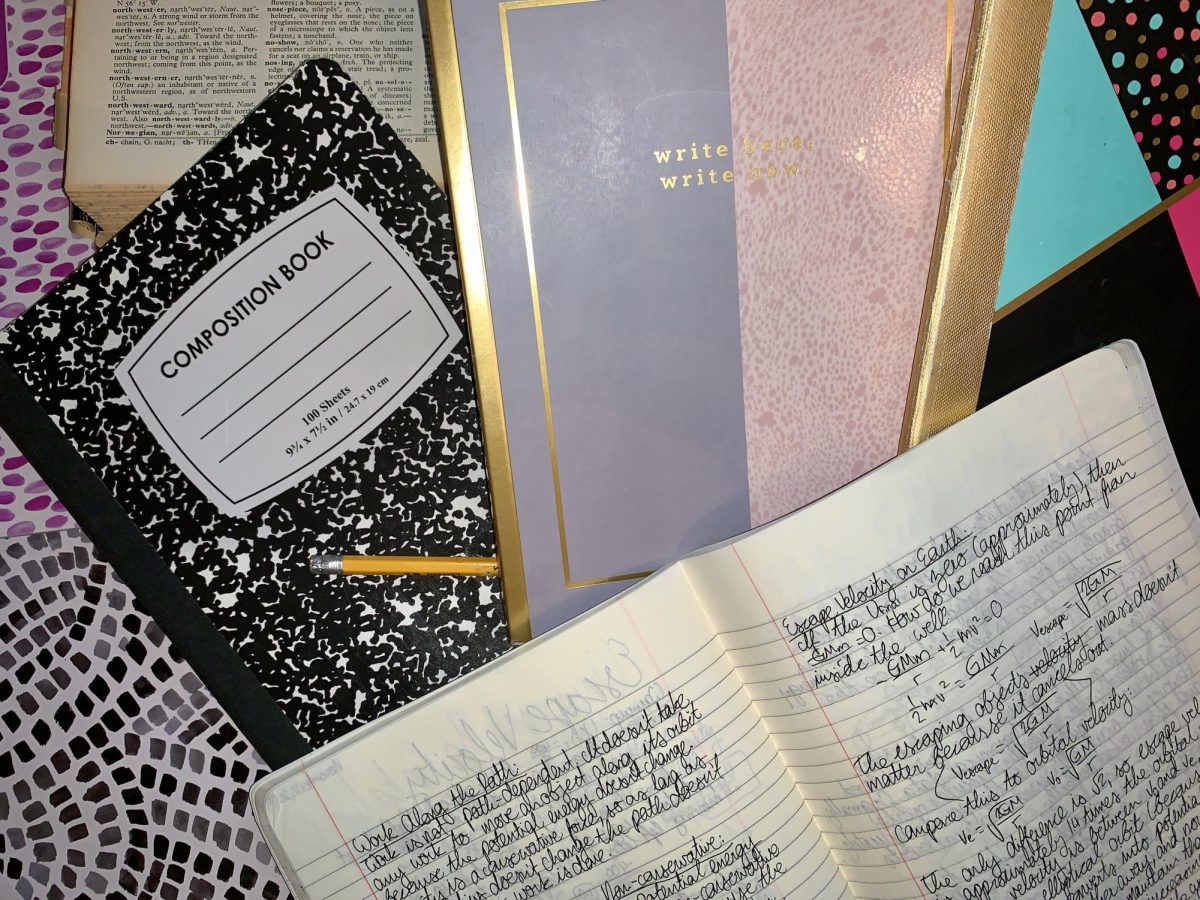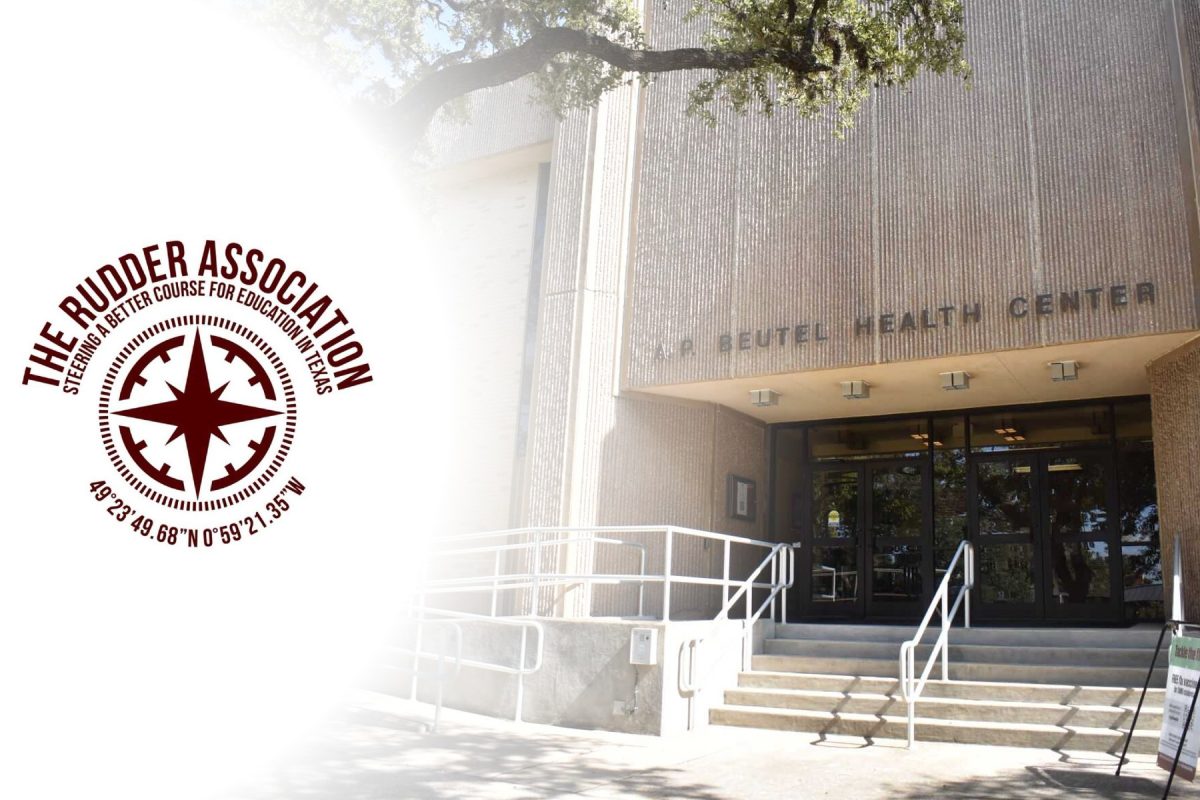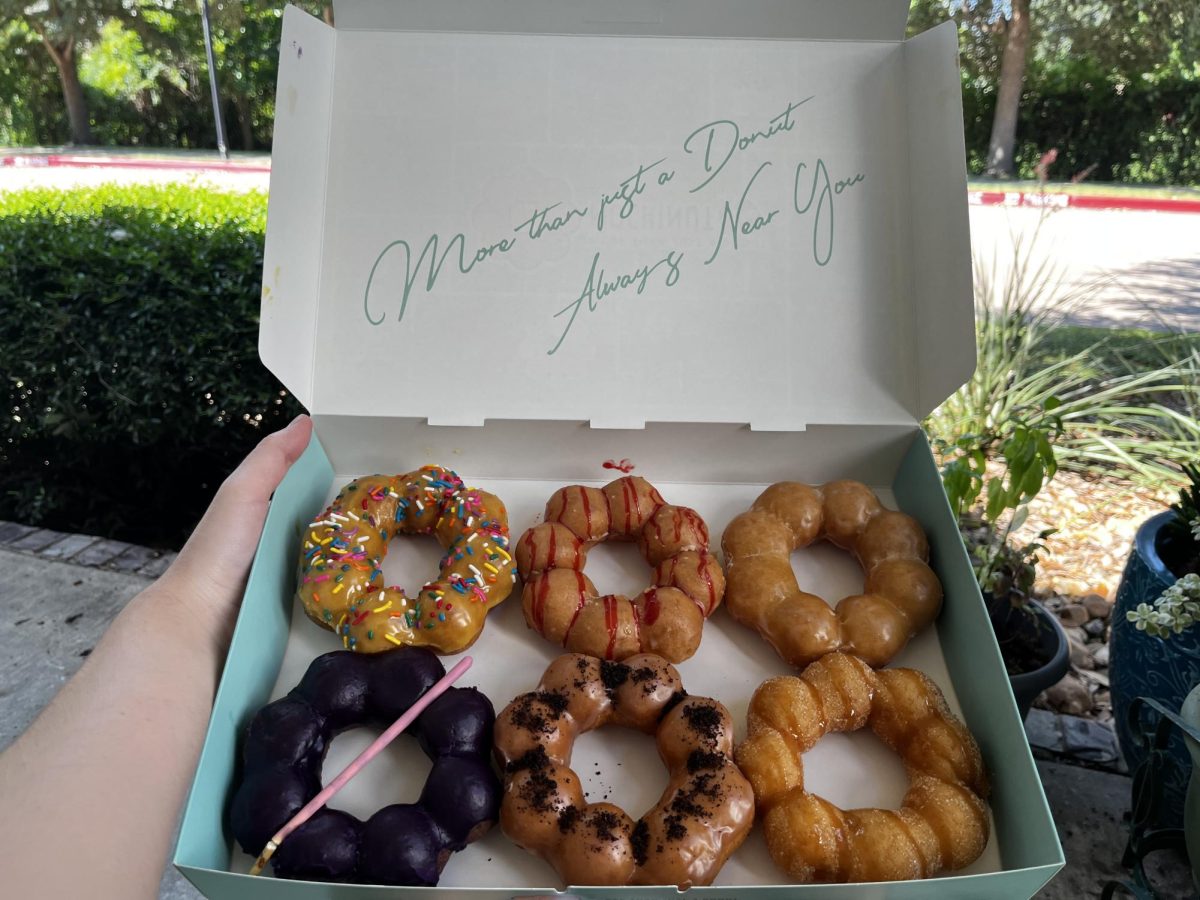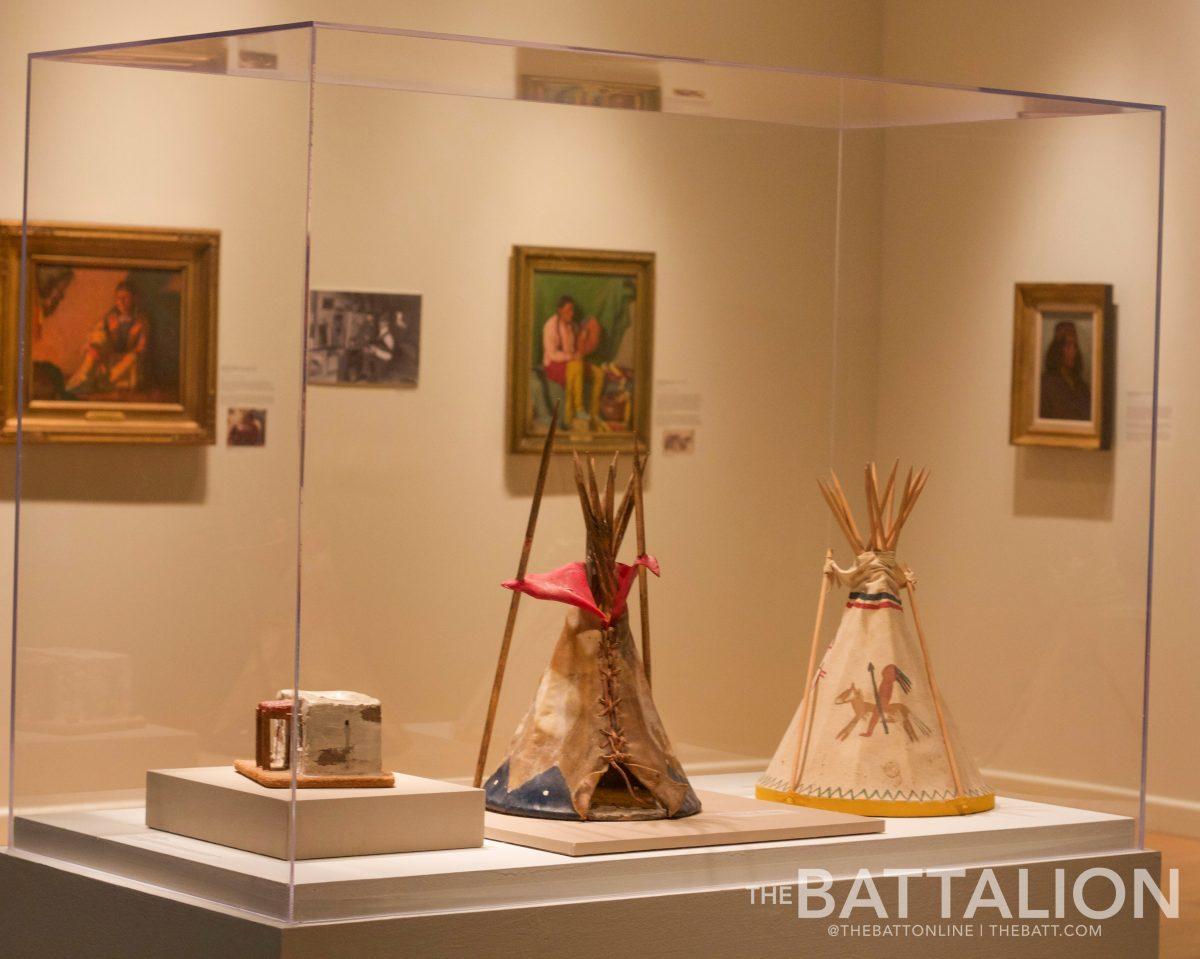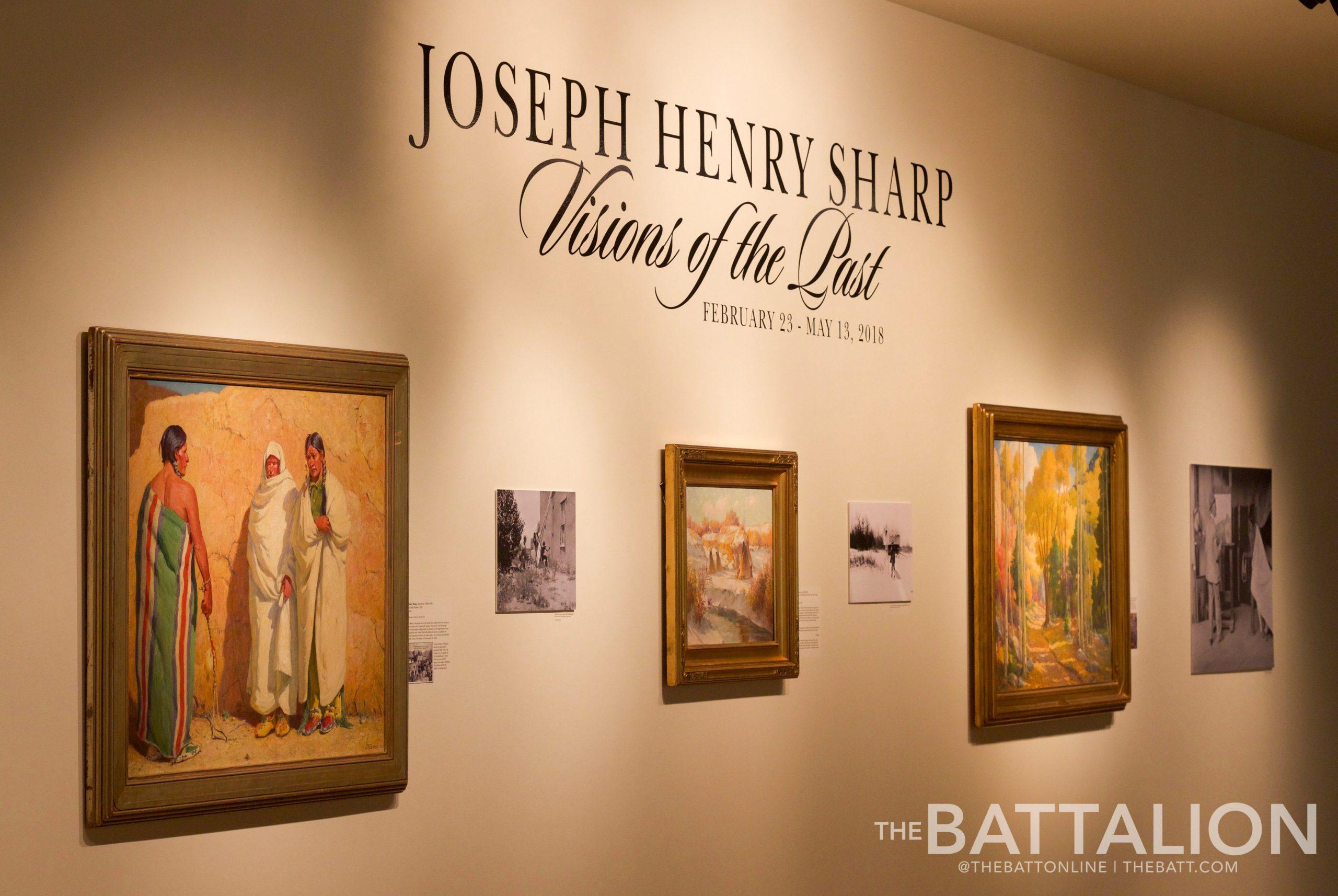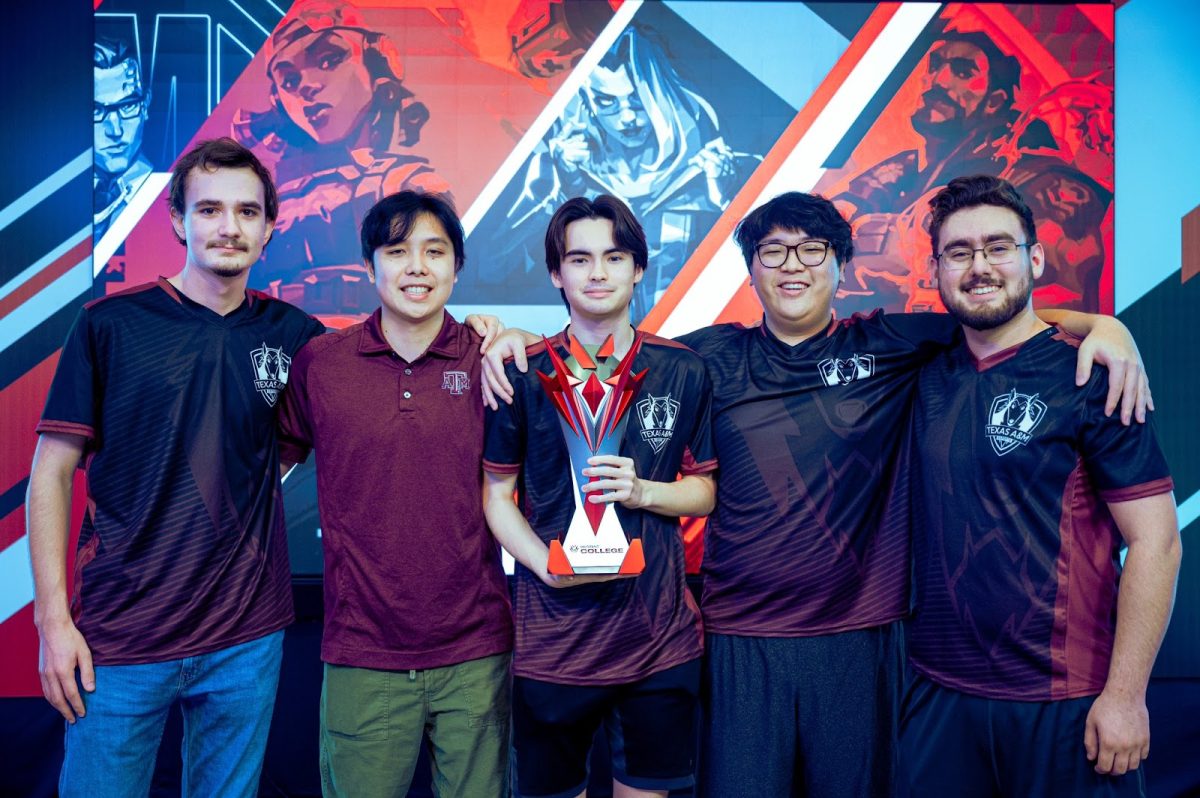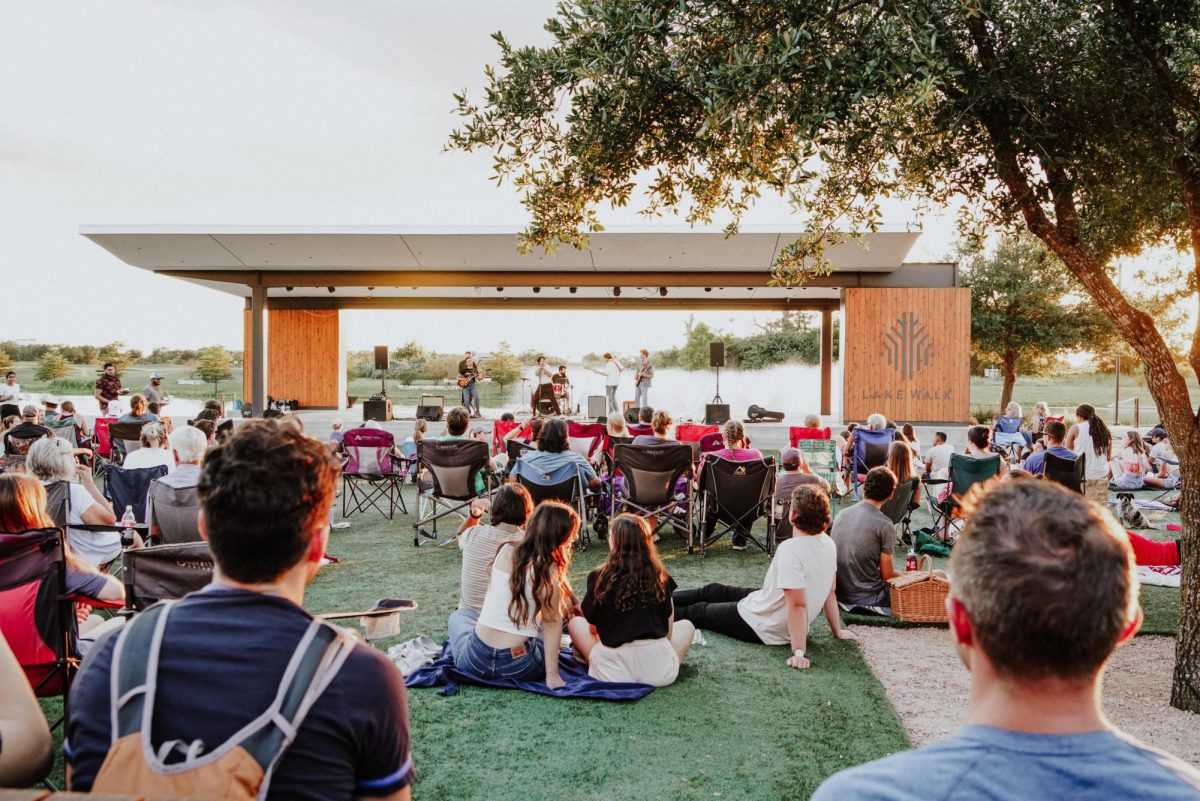Capturing the lives of Native Americans, the Visions of the Past exhibit reveals Joseph Henry Sharp’s resonating artwork, which ranges from portraits to landscapes.
Featured throughout the Runyon Collection in the Forsyth Galleries at Texas A&M, Visions of the Past is open until May 13. To highlight Sharp’s fascination with Native American culture, this exhibit consists of paintings, a magazine cover, a postcard, a stereoscope card, a miniature pueblo, Cub Scout teepees from the 1950s and other works.
According to Jennifer Korolenko, curator of Education & Public Programs in the Forsyth Galleries, Sharp was born in the 1850s and founded the group, Taos Society of Artists. Throughout the 20th century, this group of western artists worked for magazines, traveled to the American West and captured life in the pueblos. Astounded by its beauty, Sharp permanently moved to Taos, New Mexico, where he discovered the people of the pueblos and made them the subject of his paintings.
“He was known for painting evocative portraits of Native Americans, because at the time what was most popular in Western genre painting was that of cowboys and Indians, like [Frederic] Remington’s man-on-a-horse,” Korolenko said. “Sharp and his colleagues painted more scenes of everyday life, landscapes and interiors. People thought they were too soft, but they came to be incredibly important, because it portrayed Native Americans in a way that was very uncommon for that time.”
Korolenko said Sharp had a hearing impairment, but it did not hinder his passion for Native Americans culture nor his work.
“He had an accident where he almost drowned, and as a result he lost most of his hearing,” Korolenko said. “He would wear a board around his neck to communicate with people. There was already a language barrier when trying to communicate with Native Americans. Obviously, he was a good communicator in other ways.”
Sharp’s paintings feature a brilliant use of light, and Abby Fontenot, biomedical sciences junior, said this is what first captivated her attention.
The way that Sharp portrays natural light is outstanding,” Fontenot said. “With each brushstroke you can see his wide use of color, but it remains beautifully subtle. In his art, I can only imagine the depth and story behind each picture.”
According to Heather Bennett, Forsyth Galleries collections manager, Sharp captured the Native American lifestyle toward the end of their idealism, when there were opportunities to travel, herd animals and live amongst nature in teepees. Bennett said there is unease when white men paint Native Americans due to their stylization, but Sharp refrained from such styles.
“A lot of people don’t realize the modern degradation in which Native Americans live and the way we as a society have turned our backs on them,” Bennett said. “I appreciate so much that [Sharp] was there and captured them. He stayed within certain tribes so he was recycling things that would’ve been applicable to them. He was [a] prolific photographer as well. Sharp created this wealth of information through his photos, paintings and drawings. He did prints as well. Society is fortunate to have this record that he created.”
Bennett said she wants this exhibit to illuminate the idea the United States belonged to someone else and thus spark an interest in history.
“I hope that when people come into this exhibition they will want to read up about [Sharp], read about the Pueblo Indians, pique their interest and care enough to look into it all,” Bennett said. “They don’t live this way anymore. But the Pueblos were not as much affected by American Colonialism, so they were able to maintain their previous heritage. Although nowadays, they are more of a tourist thing that people come and stare at. Are we really appreciating them, or are we just checking a box?”
Portraying past lives through paintings
March 21, 2018
Photo by Photo by Casey Dawson
Joseph Henry Sharp’s collection will be on display in the Forsyth Gallery until May 13.
Donate to The Battalion
Your donation will support the student journalists of Texas A&M University - College Station. Your contribution will allow us to purchase equipment and cover our annual website hosting costs.



